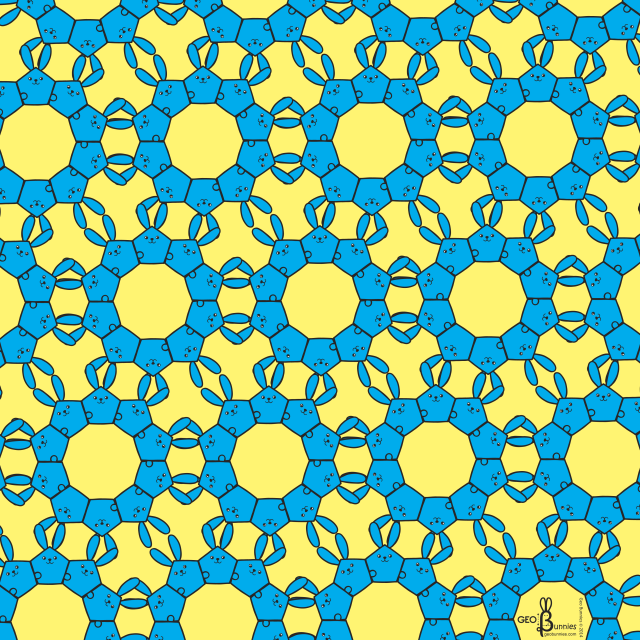
If a reflection has been done correctly, you can draw an imaginary line right through the middle, and the two parts will be symmetrical "mirror" images. Most commonly flipped directly to the left or right (over a "y" axis) or flipped to the top or bottom (over an "x" axis), reflections can also be done at an angle. The translation shows the geometric shape in the same alignment as the original it does not turn or flip.Ī reflection is a shape that has been flipped. These were described by Escher.Ī translation is a shape that is simply translated, or slid, across the paper and drawn again in another place. There are 4 ways of moving a motif to another position in the pattern.

He adopted a highly mathematical approach with a systematic study using a notation which he invented himself. There are 17 possible ways that a pattern can be used to tile a flat surface or 'wallpaper'.Įscher read Pólya's 1924 paper on plane symmetry groups.Escher understood the 17 plane symmetry groups described in the mathematician Pólya's paper, even though he didn't understand the abstract concept of the groups discussed in the paper.īetween 19 Escher produced 43 colored drawings with a wide variety of symmetry types while working on possible periodic tilings. One mathematical idea that can be emphasized through tessellations is symmetry. If you look at a completed tessellation, you will see the original motif repeats in a pattern. The term has become more specialised and is often used to refer to pictures or tiles, mostly in the form of animals and other life forms, which cover the surface of a plane in a symmetrical way without overlapping or leaving gaps. They were used to make up 'tessellata' - the mosaic pictures forming floors and tilings in Roman buildings

The word 'tessera' in latin means a small stone cube.

When you fit individual tiles together with no gaps or overlaps to fill a flat space like a ceiling, wall, or floor, you have a tiling. A tessellation is created when a shape is repeated over and over again covering a plane without any gaps or overlaps.Īnother word for a tessellation is a tiling.


 0 kommentar(er)
0 kommentar(er)
